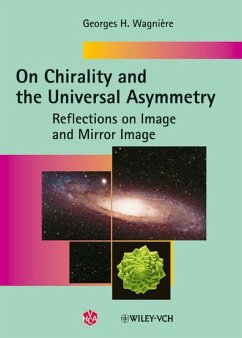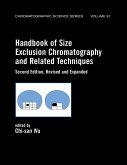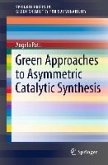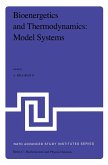Until half a century ago, it was assumed that the forces of nature were symmetric and that they did not distinguish between right and left, between image and mirror image. The discovery of the violation of parity in 1956 was more than a sensation, for some it was a shock. It implied that the universe displays handedness, or chirality, and that it is fundamentally asymmetric. Remarkably, a most striking asymmetry is encountered in the realm of biology. Living organisms contain proteins built almost exclusively from L-amino acids, and nucleic acids derived from D-sugars only. Yet a mirror-image biochemistry, based on D-amino acids and L-sugars is, from a purely chemical standpoint, entirely conceivable. Where, then, does this extraordinary natural selectivity come from? Is it directly, or indirectly, connected to the universal violation of parity? This book is meant as a brief review of the various manifestations of handedness, or chirality, in the universe. It does not attempt to present a solution to basic questions which perhaps will never be unambiguously and conclusively answered. Rather, it is an excursion through nature, to observe and recognize how the chirality manifests itself at different structural levels. The excursion starts in the chemistry and physics laboratory. Then a journey into outer space and back in time is undertaken. After a return to our planet Earth, the focus is on the development of living organisms. The text should be accessible to anyone having the equivalent of a first-year university instruction in physics and chemistry. It is also hoped that a layperson with a more modest scientific formation may gain a general impression of the basic asymmetry in nature and of the fundamental significance of chirality. Mathematical expressions, wherever they occur, may then be overlooked. Some more difficult sections may be skipped. A Glossary preceding the Subject Index should be helpful.
Dieser Download kann aus rechtlichen Gründen nur mit Rechnungsadresse in A, B, BG, CY, CZ, D, DK, EW, E, FIN, F, GR, HR, H, IRL, I, LT, L, LR, M, NL, PL, P, R, S, SLO, SK ausgeliefert werden.









